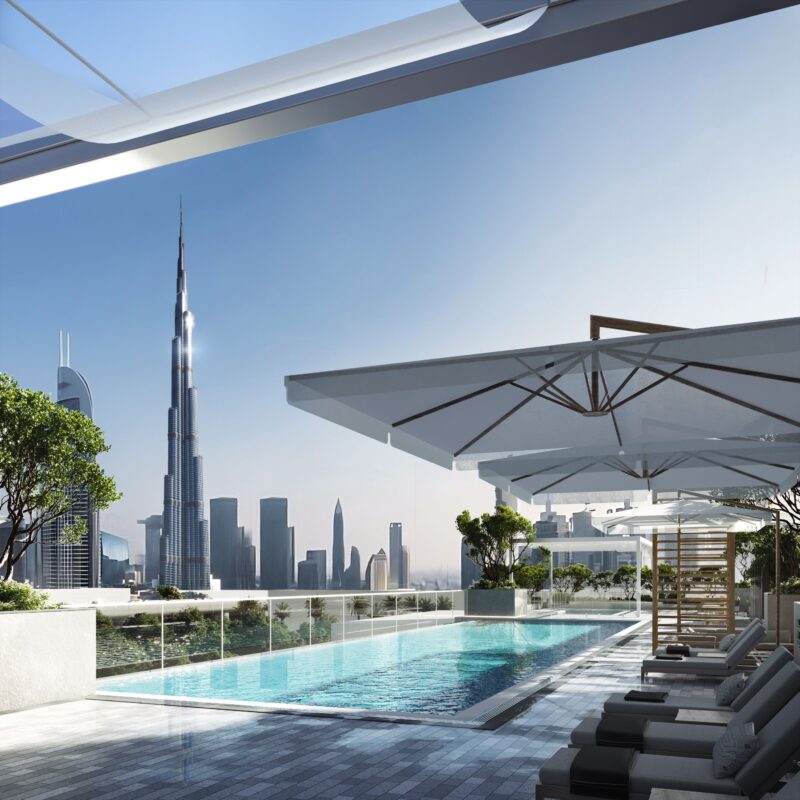From Barren Desert Frontier to Burgeoning Metropolis in 50 Years
Table of Contents
Dubai’s sky-piercing structures grasp heavensward as if destiny always elected this humble pearling village to reign prominent on global fronts. Yet in merely half a century, the city has sculpted entire artificial archipelagos, engineered record-setting architecture, and welcomed diversity transforming nationless sands into dynamic international mosaic claimed proudly by over 200 nationalities as home today.
Behind the scenes steadily fueling this breakneck urbanization curve into one of the world’s most modernized and glamorous destinations are countless 3D renderings by firms like Render Atelier. Their prolific design visualizations ignite emotional investment ahead of physical buildings while navigating unpredictable economic cycles periodically.
Join us now in charting Dubai’s real estate evolution across five decades through renderings. Models ultimately serving as crucial fundraising and marketing materials months or years before impressive towers occupied skyline spots. Without this accumulation of prospectus eye candy, Dubai may still resemble a far humbler settlement barely resembling the glittering metropolis anchoring global attention today as top-of-mind.
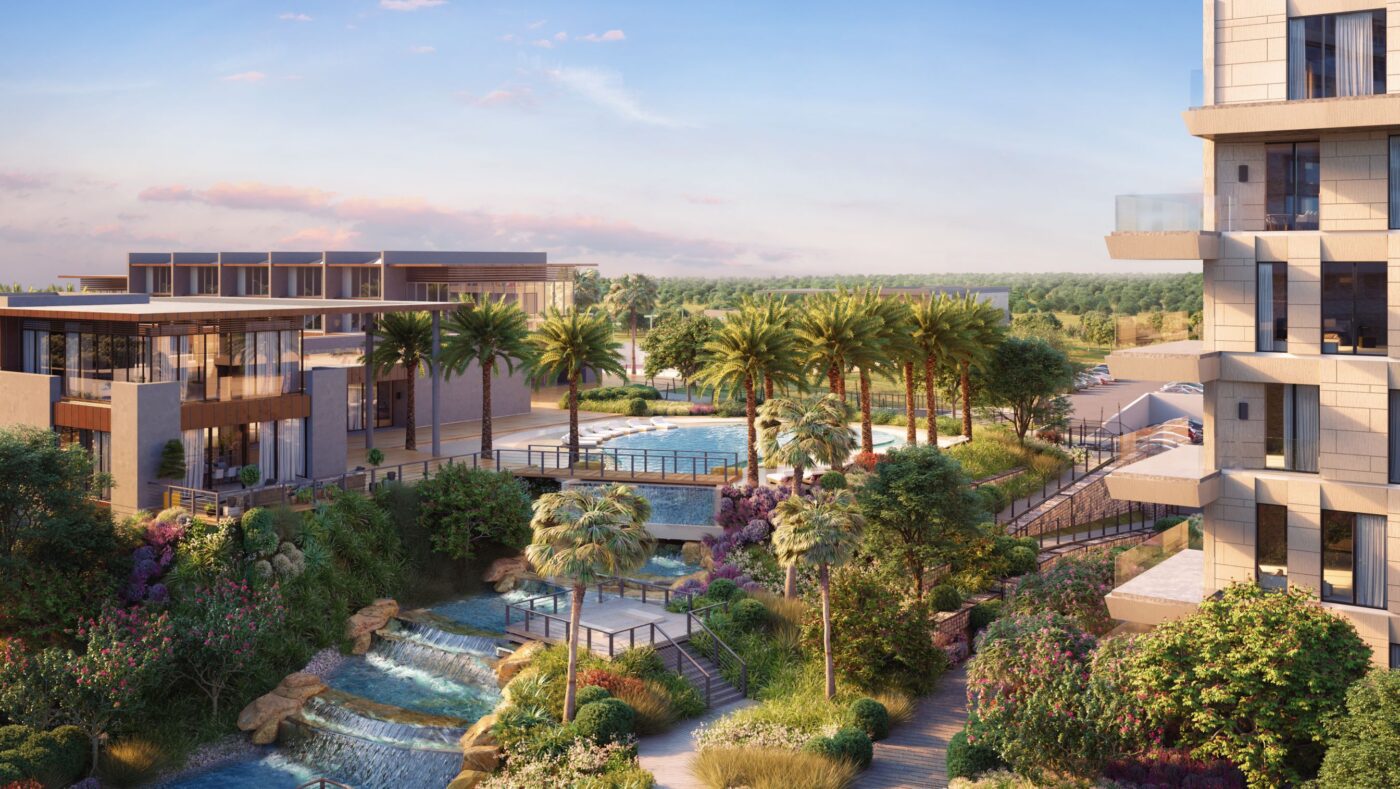
The Early Architectural Rendering Renaissance
Prior to the 1990s, Dubai remained a largely low-rise expanse on target for steady population upticks courtesy of early oil discoveries. But tracing back further reveals renderings laying vital commercial foundations. Marketing materials like brochures for British expat enclaves or institutional focuses visualizing future hospitals and airport expansions concentrated heavily on practicality over spectacle during these nascent nation building days. Hand drawings sufficed.
Yet the seeds for vibrants growth curves still disseminated across global investor conversations thanks to provocative visions being illustrated if not yet manifested in three dimensions. By the time icons like the Dubai World Trade Centre materialized in 1979 as the city’s first high rise to then haltingly tower over older counterparts, hype already circulated abroad. Renderings simply struggle catching up to the action.
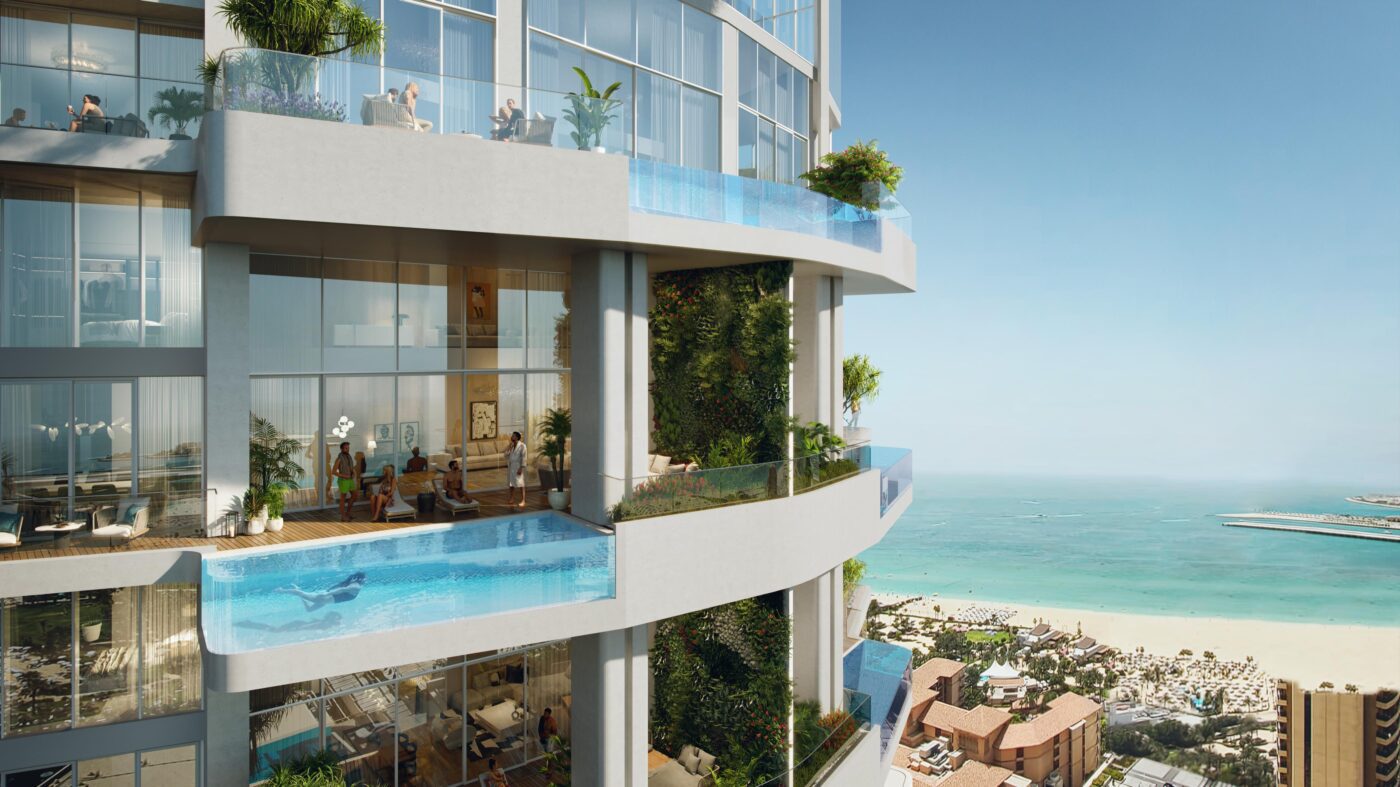
The High Rise Race Commences
Come the mid 1990s, Dubai stood firmly positioned for immense global status ascension. Local pioneers like Emaar Properties as well Arab émigrés returned energized internationally. Western architectures and designers were summoned as renderings upgrading to debut dizzying towers promising unprecedented living.
The Dubai Marina area especially concentrates dense vertical sprawl across interconnected high rise clusters. Affairs like The Torch, Ocean Heights and the Princess Tower progected radically modernist approaches to apartments. Their momentum collectively shifted perceptions of Dubai from a commercial hub focused on trading, logistics and hospitality to legitimate large scale residential destination supported by Render Atelier visualizations accelerating sales velocities overseas. Especially Asia’s elites dazzled by the renderings’ grandiose developments being erected across the Marina.
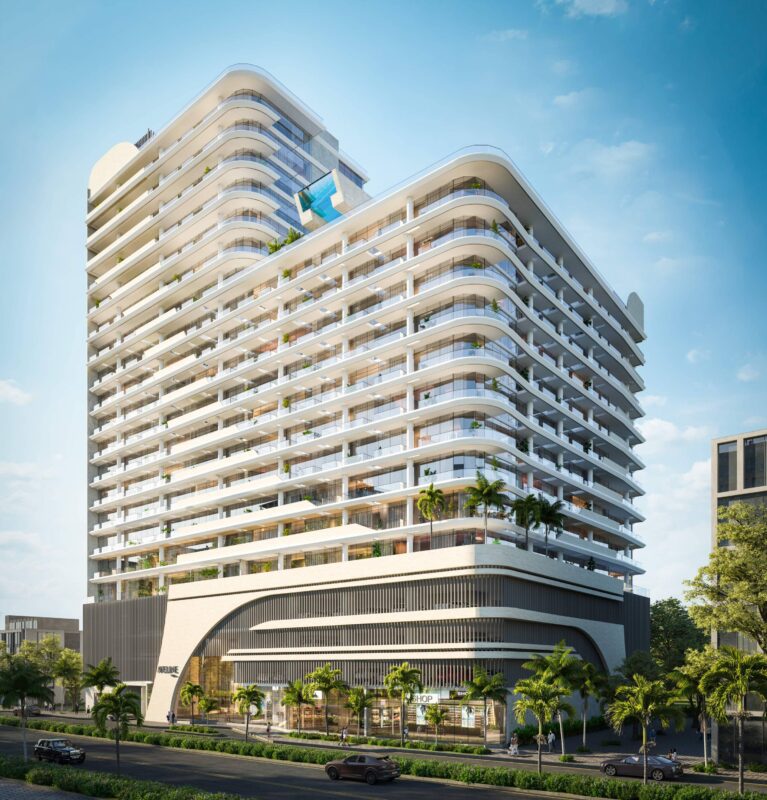
Birth of an Icon: Burj Al Arab
Global fascinations exploded in 1999 upon the visually striking unveiling of the Burj Al Arab fortress-shaped luxury hotel soaring dramatically from man-made foundations along the coastline. Nicknamed “The Only 7 Star Hotel in the World” its sail-resembling design instantly embed itself is indelible as visual Dubai brand ambassador for the new millennium.
The update 3D renderings by UK firm KCA showcasing the lavish interiors likewise heralded to diverse audiences an oasis of previously unfathomable opulence hidden within the exoskeleton promising unseen adventures, memories and exclusivity worth traversing half the planet to experience. And they travelled en masse once opened based purely on visual cravings stoked masterfully by renderings alone for years building immense anticipation globally.
Emerging Neighborhoods Materialize from Desert Sand
By the early 2000s, Dubai cemented itself as an ascendant refuge for wealthy Middle Eastern, Russian and Indian emigres alongside Western Jetsetters. The value proposition as a globalized metropolis ultimately traces back to strategic renderings spotlighting diversity across both buildings and inhabitants as a selling point.
Emaar impressively bridges cultural preferences into master planned mixed use communities promising cosmopolitan vibes within entirely new neighborhoods like Downtown Dubai and Dubai Marina rising from mere sand. Their 3D lifestyle depictions resonate widely with investors ready to transplant families into glitzy high rises evidencing economic optimism despite ups and downs.
For both residents and tourists, downtown Dubai fulfilled its renderings’ pledges as a pulsing retail and entertainment hub fostering community connectivity attractive to both citizens and expats. Familiar mega mall brands like Bloomingdales coexist symbiotically with quirky museums like Ripley’s Believe it or Not all underneath the watchful gaze of Khalifa’s glowing pinnacle.
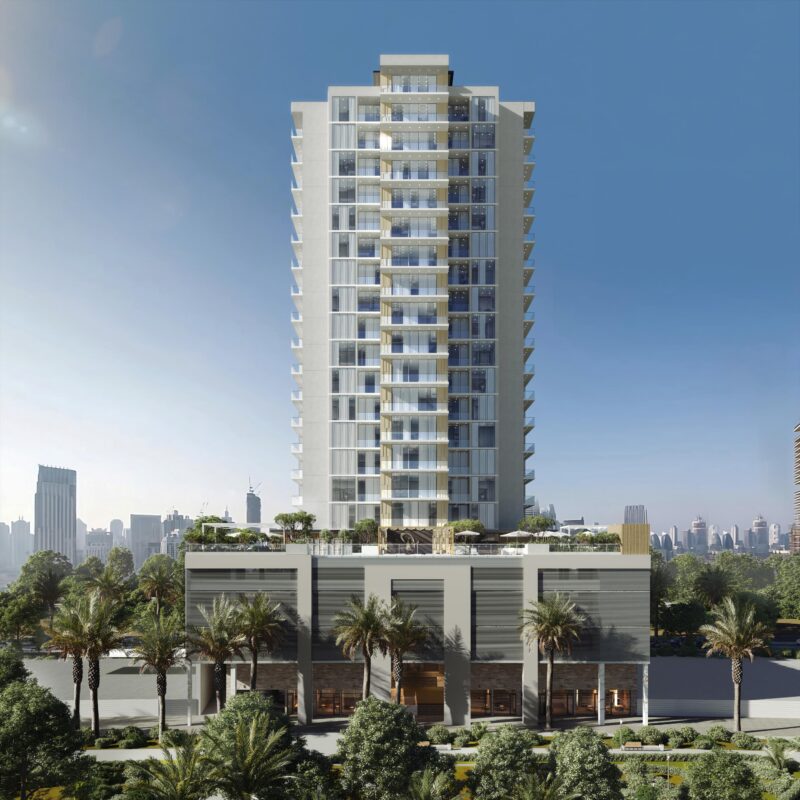
Architectural One-Upmanship Births the Burj Khalifa
Speaking of global apexes, no structure has singularly cast vaster spotlights or cemented Dubai cultural status louder than the Burj Khalifa. Rendered extensively by SOM architects prior to its 2010 debut, the 2,717 ft tapering spindle of glass and steel remains earth’s tallest freestanding man made creation. This was a testament to UAE capabilities nurtured thoughtfully from grandiose inspiration sketches into occupied engineering triumph of global integration.
The surrounding downtown district owes immense loyalty to the economic prosperity unlocked purely from the Burj Khalifa’s central prominence. Anchoring tourism, hospitality, residential, commercial industries and civic pride all at once, the tower fittingly connects directly into the Dubai Mall complex equaling over 5 million square feet of stores continuing retail dominance rankings while offering luxurious byproducts Dubai locals enjoy heartily today like world class aquariums and dancing fountains.
Expo 2020 as Future Springboard
In the wake of hosting the six month 2020 World Expo fair across extensive custom grounds, Dubai seems hardly content resting on laurels. If anything, the positive global PR from successfully delivering the long planned Expo despite pandemic delays only emboldened civic visions further. The four billion dollar investment to entertain 190 country pavilions will morph into District 2020 – a model smart city leveraging Expo’s vast technical infrastructures reimagined for residents in coming years courtesy of stimulus renderings by firms like Render Atelier promoting continued foreign investment even today.
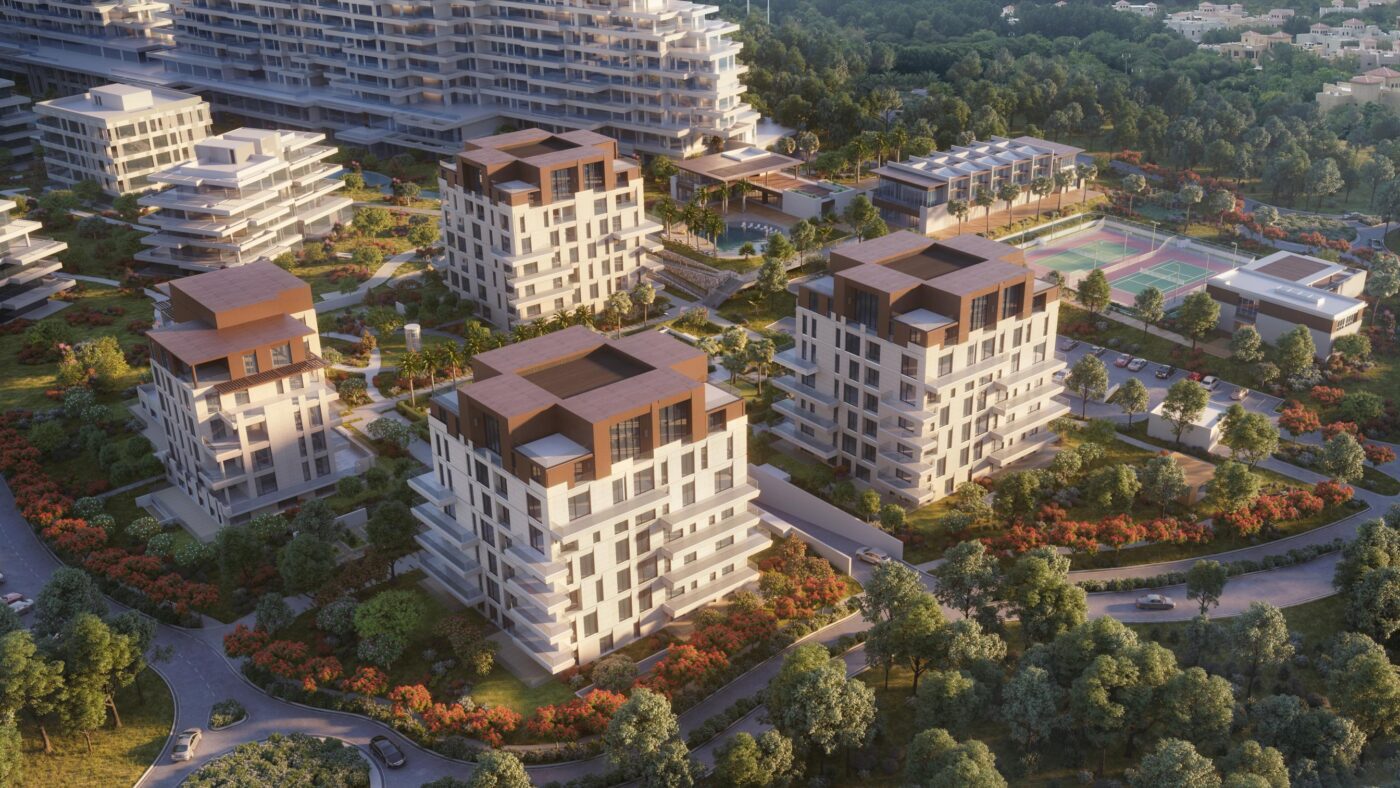
Dubai’s Real Estate Renaissance Will Not Cease
What excites most about Dubai’s residential and commercial property outlook are the boundless renderings hinting at forthcoming projects once again striving to shatter height, size and functionality precedents globally. Not simply wanting to match or marginally surpass records, Dubai’s developers embrace the fundamental maxim that pushing limits expands perceived national potential.
Between imaginative anchors like the Dubai Creek Tower aiming to be world’s loftiest at 1300m+ and fresh coastal areas like Deira and Palm Jumeirah sprouting entirely new stylized formations reminiscent of global financial hub Singapore, the renderings promise continued investor magnetism sustaining construction cranes whistling into foreseeable horizons. If anyone can manifest seemingly fanciful sketches, one must not bet against Dubai.
Dubai is where even the word impossible slides off tongues all too commonly nowadays!

